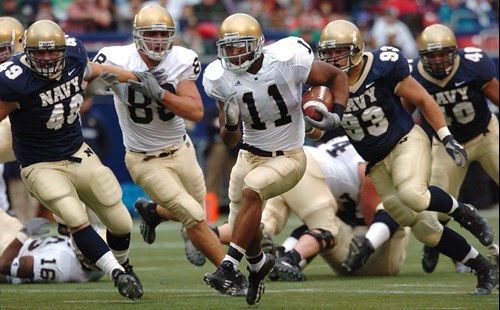Ahead of GIS’ Global Virtual Sports Summit next week, we’ve taken a look at recent and controversial developments in US sports. While the nation is heralded as a sporting giant, rooted in centuries of family traditions and global success, questions are being raised as to how the sporting landscape is evolving with the growth of football – or soccer – in North America.
The US is widely recognised for its ‘big three’: baseball, basketball and American football. These all-conquering, all-American activities have, historically, overshadowed other sports on the scene. This includes football, by far and away the world’s most popular sport.

But is the American sports landscape changing? There have been ongoing signs of a decline in popularity in the nation’s all-time favourite sports. The 2020 National Basketball Association (NBA) playoffs were down 37% in viewership compared to the year before, while Major League Baseball (MLB) views saw a 40% reduction over the same period. These concerning statistics have sparked investigations into the sports, with a flurry of explanations banded about in the media from outspoken and political athletes to the economics of ticket prices. Yet there is perhaps a much more fundamental, but gradual, shift in the interests of Americans – particularly the young.
During the 1990s, baseball’s Little League World Series participation peaked at almost three million. By 2017 this was down to 2.4 million, and figures have been slowly dropping ever since. Likewise, the total number of young people playing American football dropped by 620,000 between 2008 and 2019, from approximately 2.5 million to less than 1.9 million. The reason for this can be batted from parents to schools to the youth themselves, but whatever the reason, far fewer young people in the US are engaging with the nation’s traditional sports.
But the one sport that has seen a significant increase in youth participation is football. It has been the favourite activity amongst children in the US for several years, and its popularity has tripled in the last decade. In fact, a FIFA report has shown that the US has a higher number of registered under-18 players than any country in the Americas or Europe. Not only is this affecting public interest, and therefore sponsorship value, but it will inevitably impact Major League Soccer (MLS) in years to come.

Once dubbed a “retirement league” by football fans across Europe, MLS has experienced a 27% rise in interest since 2012 and is now the nation’s fourth most popular sport. While the growth of football in the US should not be overstated – it’s annual revenue is still only a fraction of that of the big three – there is a clear and continual pattern of growth which differentiates the league from the National Football League (NFL) and NBA. Whether it’s due to the globalisation of media, or the success of the US Women’s National team, the sport’s spiraling success is unlike any other in the nation.
While there are no definitive answers as to the future of American sport, it is certainly a nation with sport ingrained in its social, cultural and economic fabric, and this seems unlikely to change. After decades of speculation, the world’s dominant sporting nation is starting to show a genuine interest in the world’s most dominant sport. But what will be the domino effect of this – both on American sport and international football?
The US sporting landscape will be explored in GIS’ Virtual Global Sports Summits taking place next week, which features discussions on the unique American sports scene, football’s global impact on young people and exclusive talks from industry specialists at New York Red Bulls, New York Yankees, Atlanta United FC and the MLS.

















